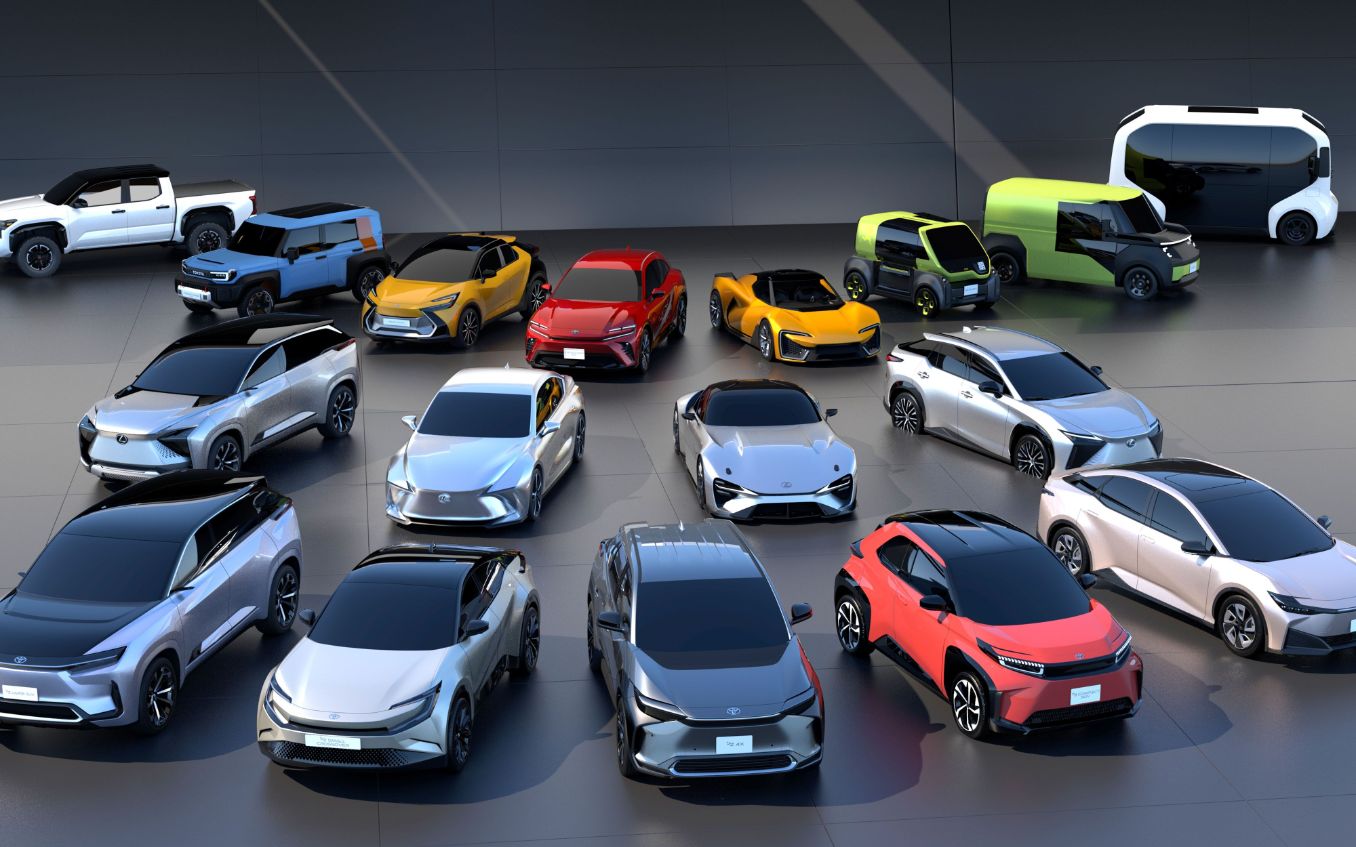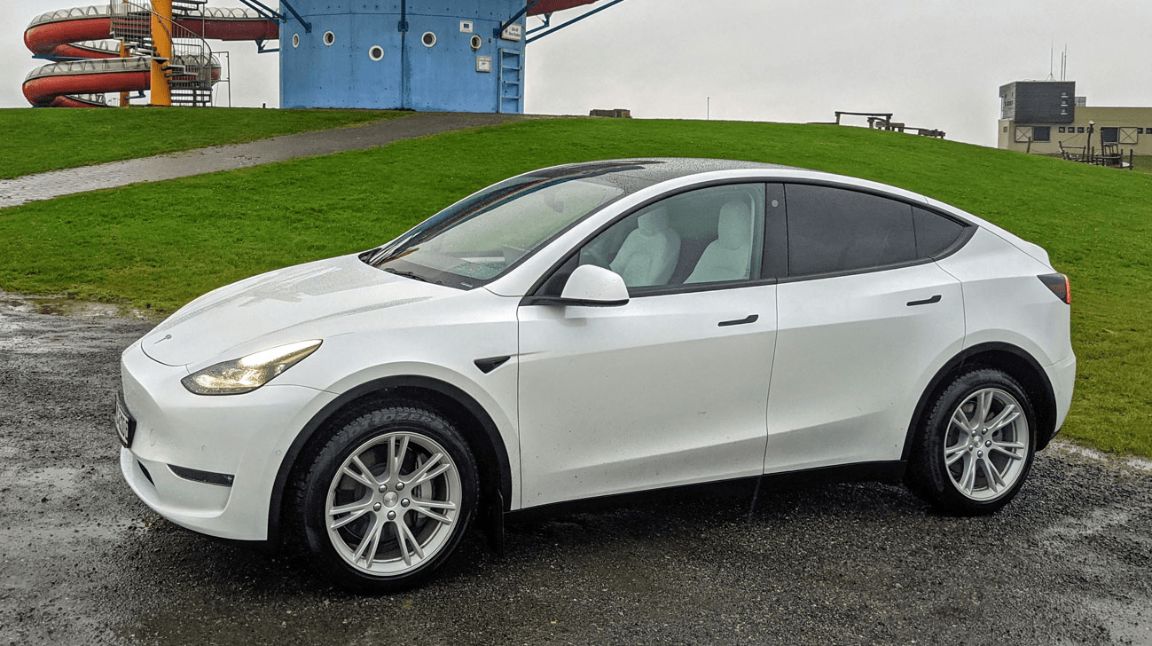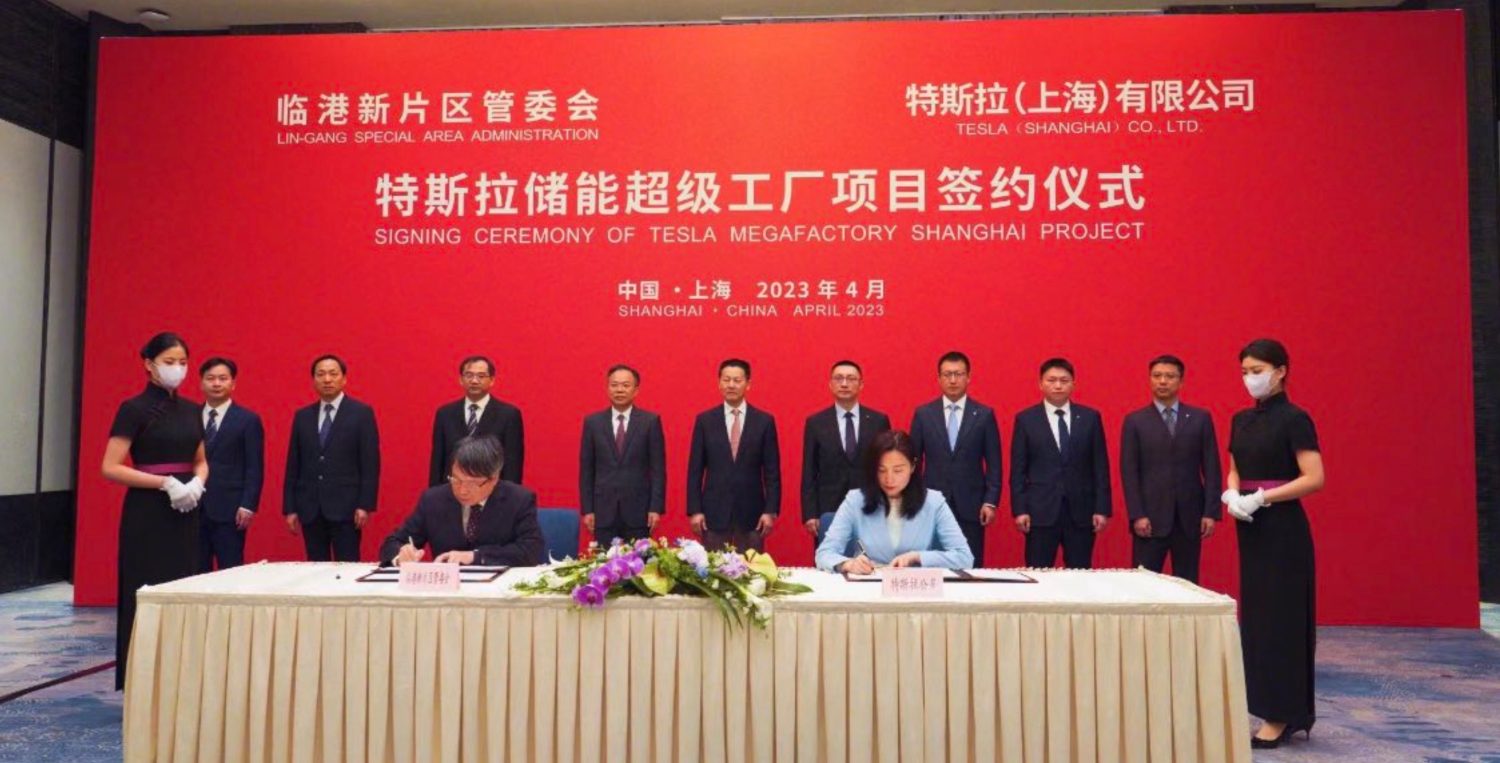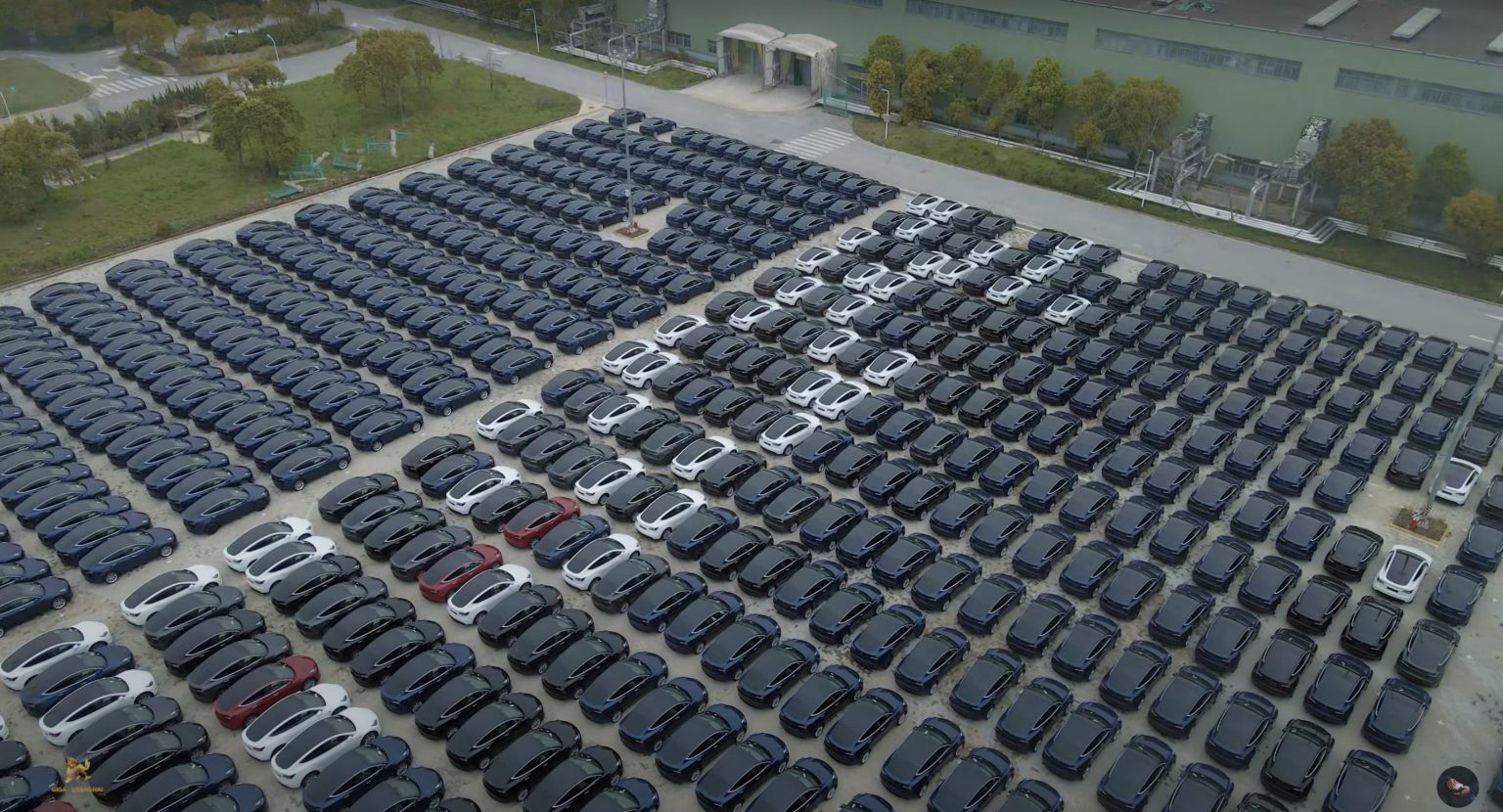The global automotive industry has undergone a significant transformation in recent years as the push for sustainable, zero-emission vehicles gains momentum. As automakers worldwide invest in electrification, Toyota, one of the world’s largest automakers, has been criticized for its slow response to the changing landscape. However, with the appointment of Koji Sato as CEO in January, there is renewed hope that Toyota will take a new direction and move towards a sustainable future.
Sato has a challenging task ahead of him, as he must steer Toyota out of its comfort zone and into the modern era of electric vehicles. While Toyota has been a pioneer in hybrid technology for over 20 years, it has struggled to shift towards fully electric, zero-emission vehicles. This reluctance has resulted in one of the least developed supply chains for reducing emissions, making Toyota a target of climate activists worldwide.
In response, Sato unveiled his vision for the future of Toyota in a press release on Friday. The CEO revealed his ambitious plan to introduce 10 new battery electric vehicles by 2026, with a target of 1.5 million EV sales annually. This move represents a significant departure from the automaker’s longstanding reliance on hybrid technology.
To achieve its goal of carbon neutrality over the entire cycle of its vehicles by 2050, Toyota has set an interim target of reducing CO2 emissions for the vehicles it sells globally by 33% by 2030 and over 50% by 2035, with 2019 as a base. Sato believes that implementing electrification is the first step towards achieving this target, and Toyota has already begun to increase battery efficiency in its plug-in hybrids to extend EV driving range beyond 124 miles (200 km).
To further drive down costs, Toyota is focusing on manufacturing efficiency with autonomous processes, drawing inspiration from Tesla’s playbook. While Toyota is committed to pursuing multiple pathways, including hybrids and fuel cell vehicles, its new generation of BEVs will be “entirely different from those today.”
Sato’s vision and plan for Toyota demonstrate the automaker’s commitment to protecting the planet and enriching the lives of people worldwide. As the auto industry moves towards zero-emission vehicles, Toyota’s electrification efforts could be the catalyst for the automaker’s continued success in the coming years. However, with ambitious targets and a renewed focus on sustainability, Toyota has a long way to go to regain its position as a leader in the automotive industry.







